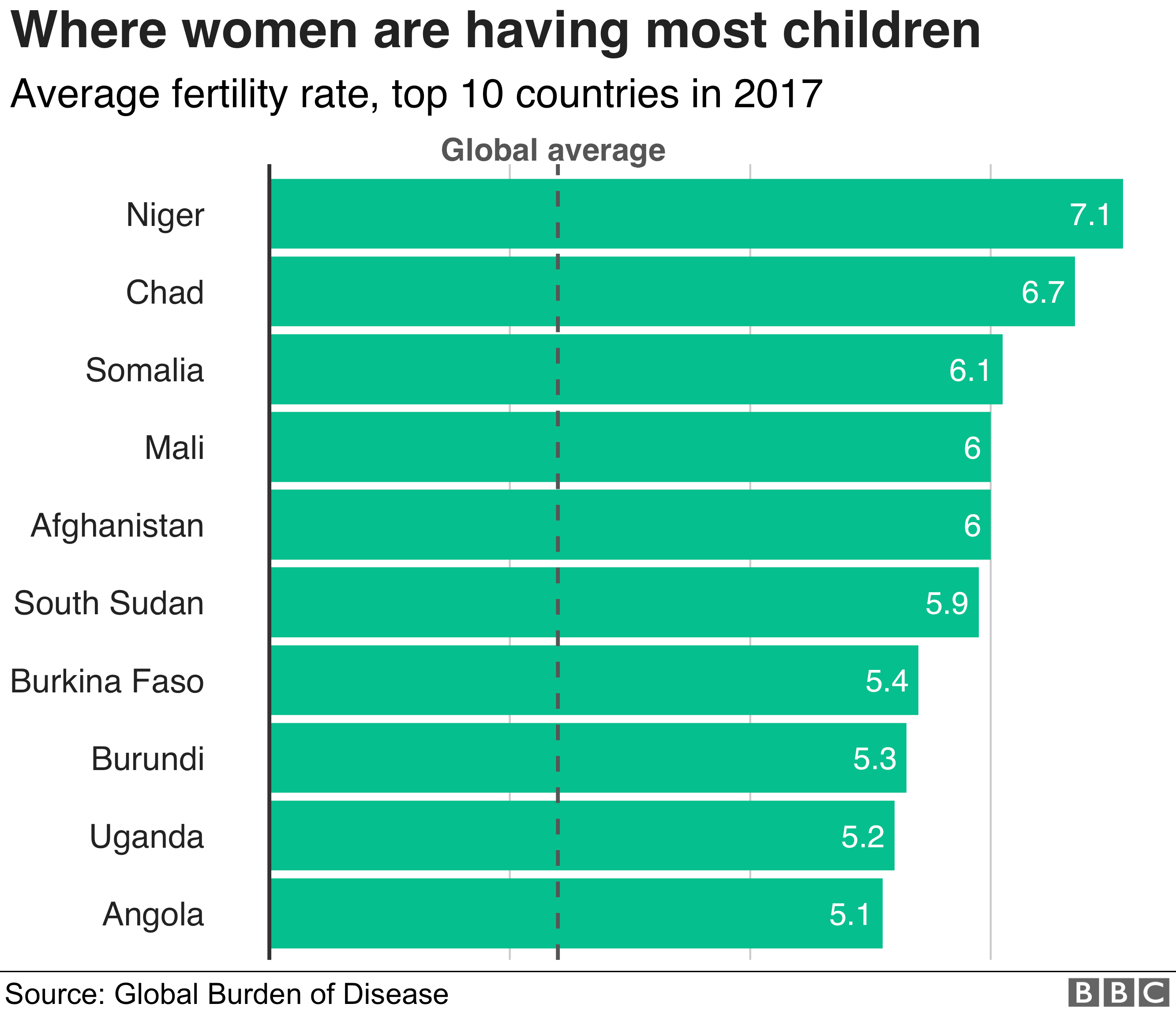

The chart below shows that the change observed in 2005 did not abate until the onset of COVID-19. Flights had fewer empty seats as what the industry calls “Load Factor” increased. In the 2005 report, BTS noted that the number of passengers had increased since 9/11 at a faster rate than the number of available seats. When passengers return, will airlines add capacity, or will flights have fewer empty seats? carriers.Īs the chart above shows, the number of departing flights each week since May 2020 (2020 in blue and 2021 in green) has been inching toward the number of flights in the corresponding week in 2019 (orange). NOTE: Flight departures above are for domestic and international flights by U.S. A Slow Return Toward Pre-COVID-19 Air Travel Activity airlines carried 82% of the passengers (66.4M) carried in June 2019 (81.4M). By June 2021 (15 months after the initial lock-downs in March 2020), air travel had recovered to the point that the largest U.S. In contrast, the COVID-19 pandemic disrupted aviation service over many months through a patchwork of travel restrictions among states and foreign destinations. Passenger travel by commercial airlines did not recover until March 2004 when the number of passengers enplaned returned to the August 2001 level. Recovery times necessarily vary.Īll air service in the United States was suspended on 9/11, but the aviation system was restored within days. Both charts are for the same number of months before and after the onset of the disruption. The drop in monthly passengers in September 2001 from the previous month is significantly less steep (33%) than the drop in 2020 (96%). carriers.Īs the charts above show, the immediate impact of both events was a severe drop in the number of passengers traveling by air with one key difference. NOTE: Passenger enplanements above are for domestic and international flights by U.S. How do the effects of these two events on air travel compare? Comparing Air Travel between 9/11 and COVID-19 The 20-year anniversary of 9/11 coincides with another devastating event, the COVID-19 pandemic, that is also affecting air travel. In December 2005, the Bureau of Transportation Statistics published a report on “ Airline Travel Since 9/11.” It came four years after the devastating attack caused a tragic loss of life and a significant contraction in U.S. Advisory Council on Transportation Statistics.National Transportation Knowledge Network.National Transportation Library Main - Library.


Freight Logistics Optimization Works (FLOW).Statistical Products and Data Main - Statistical 1.Transportation Maps and Geospatial Data.Introduction to Transportation Statistics.


 0 kommentar(er)
0 kommentar(er)
